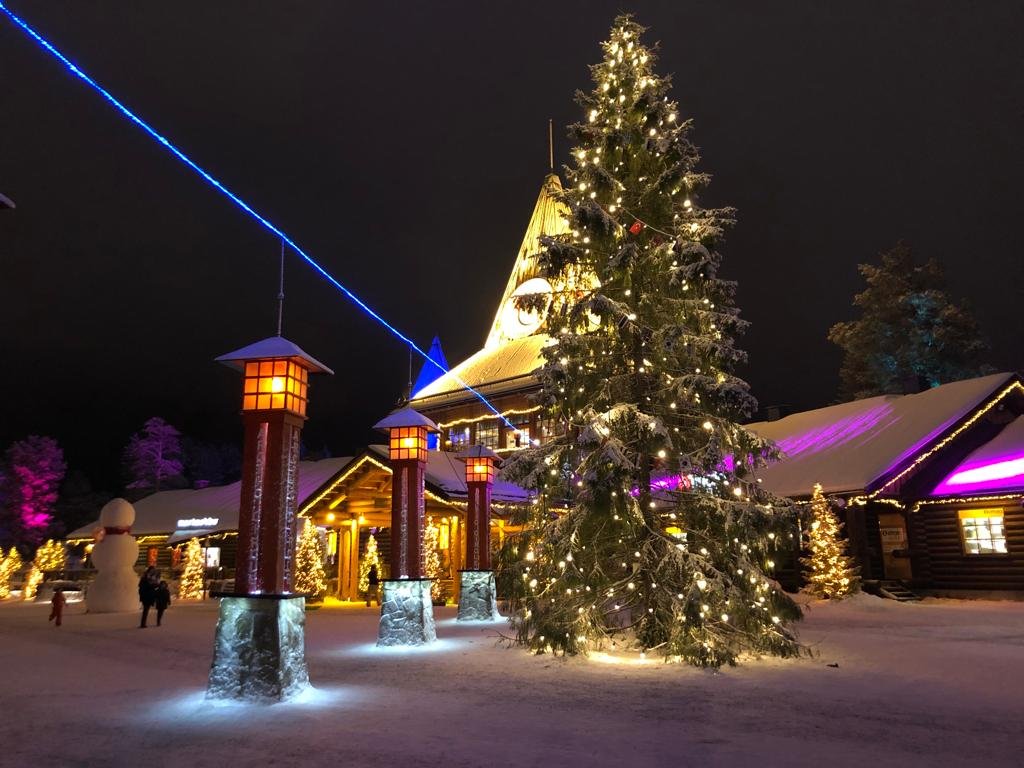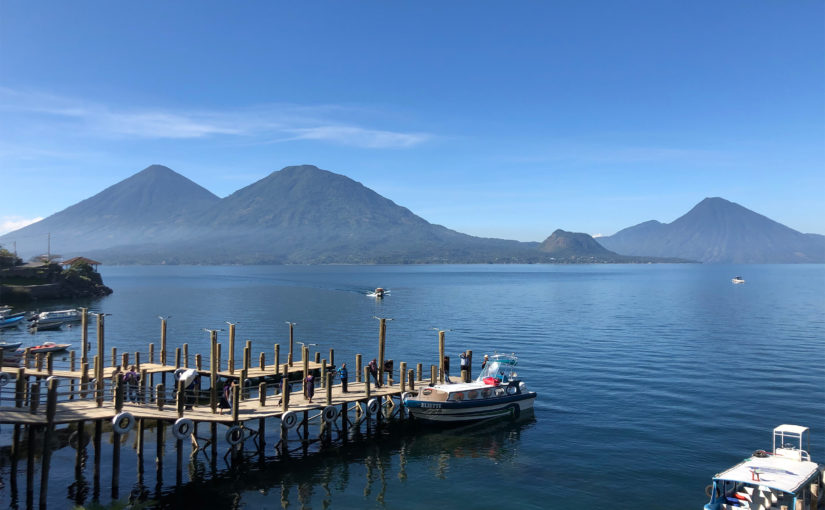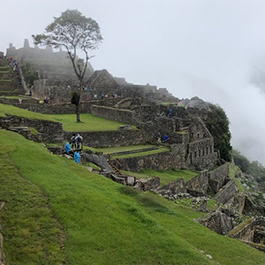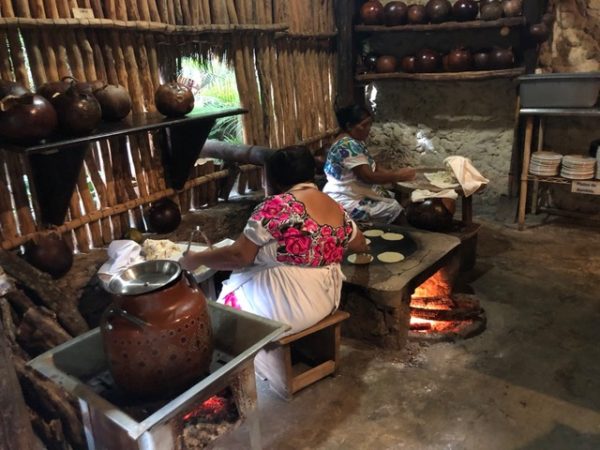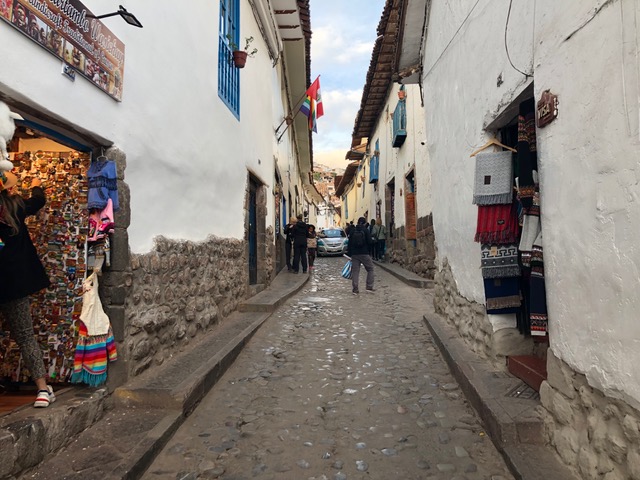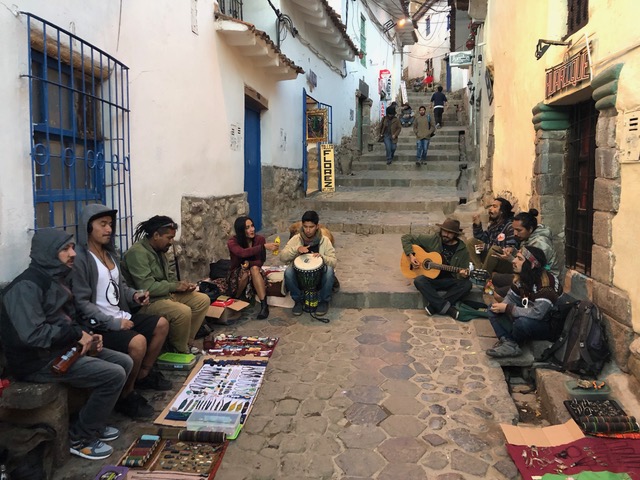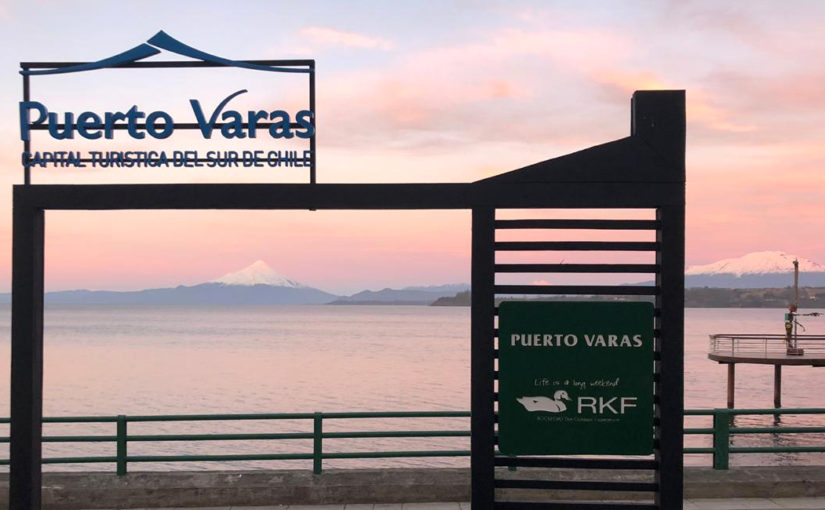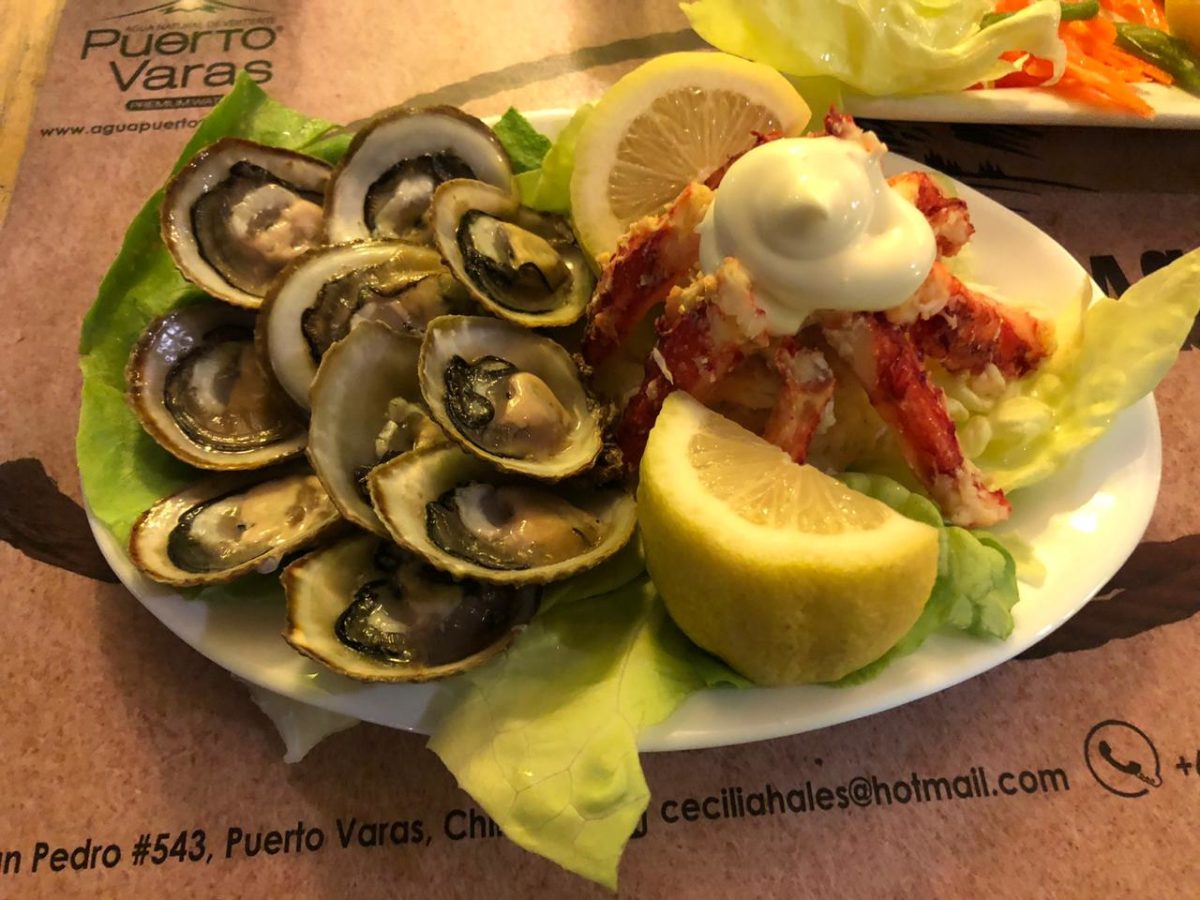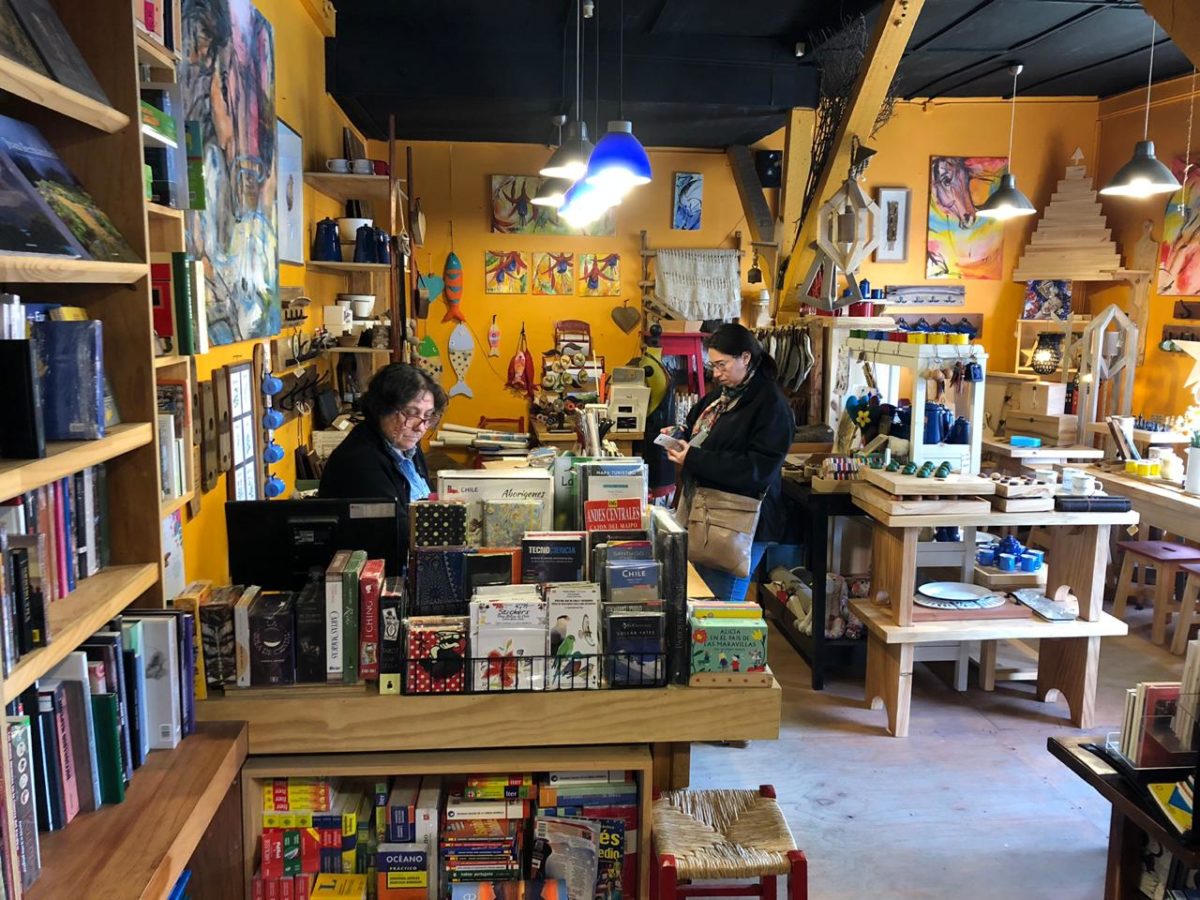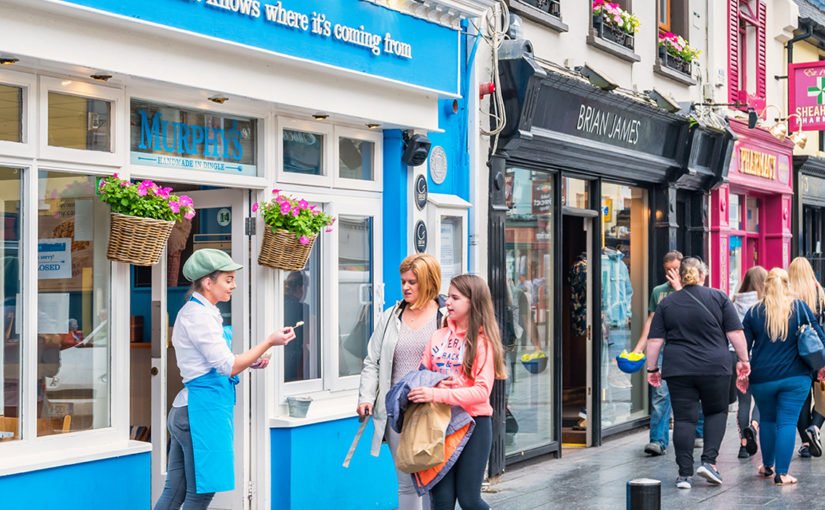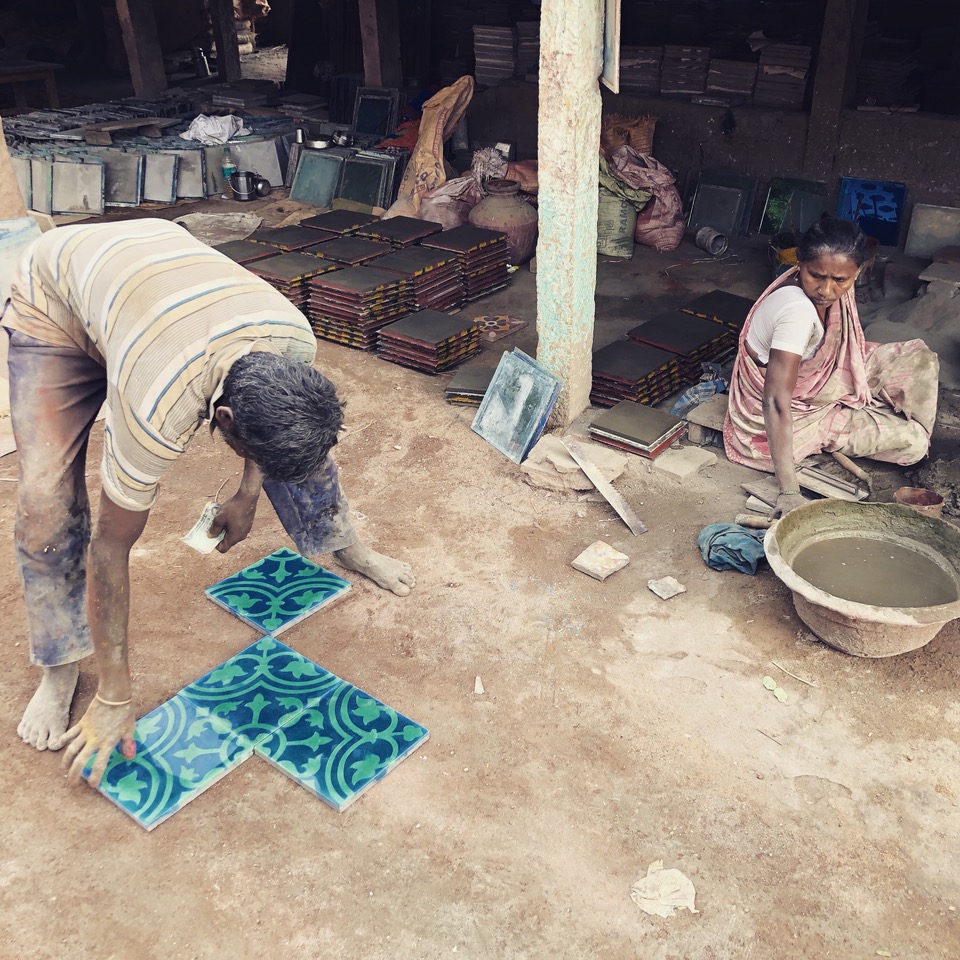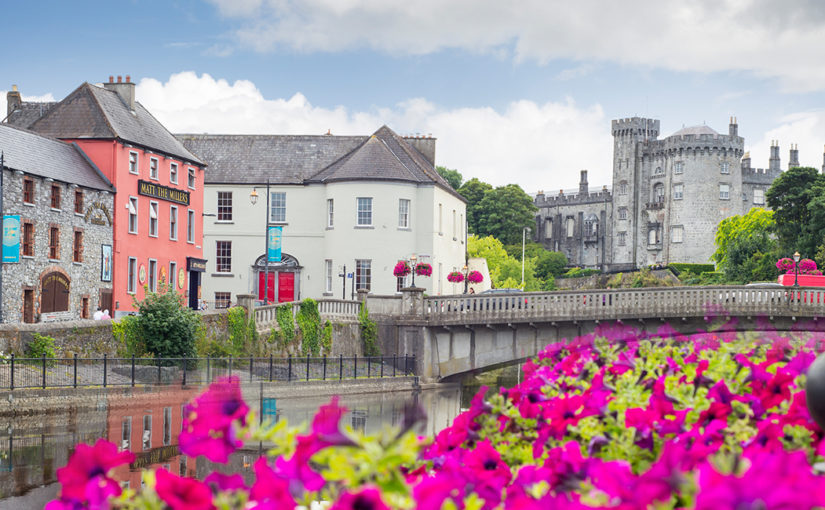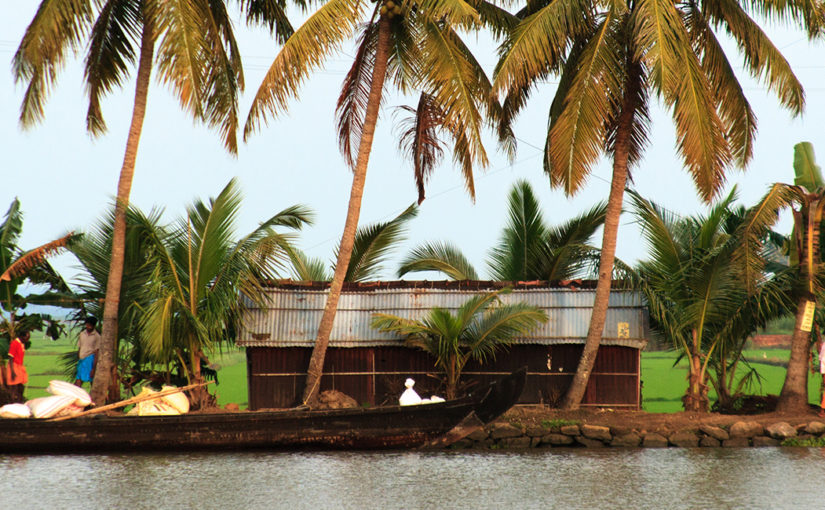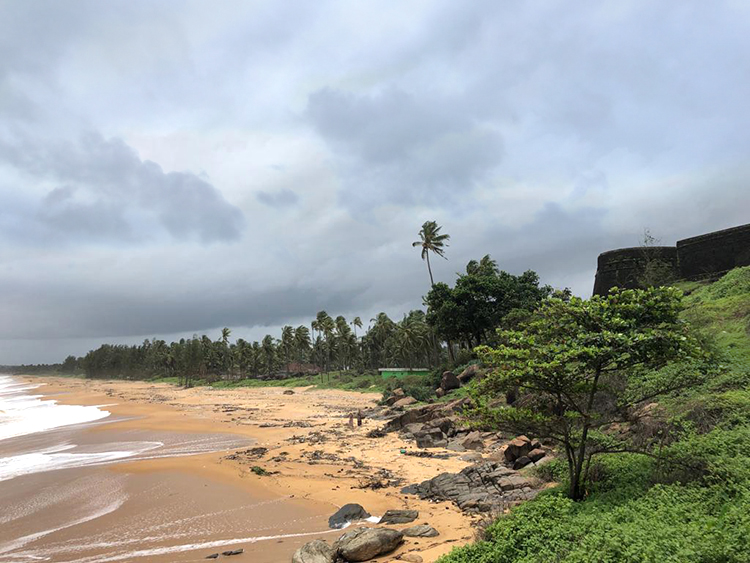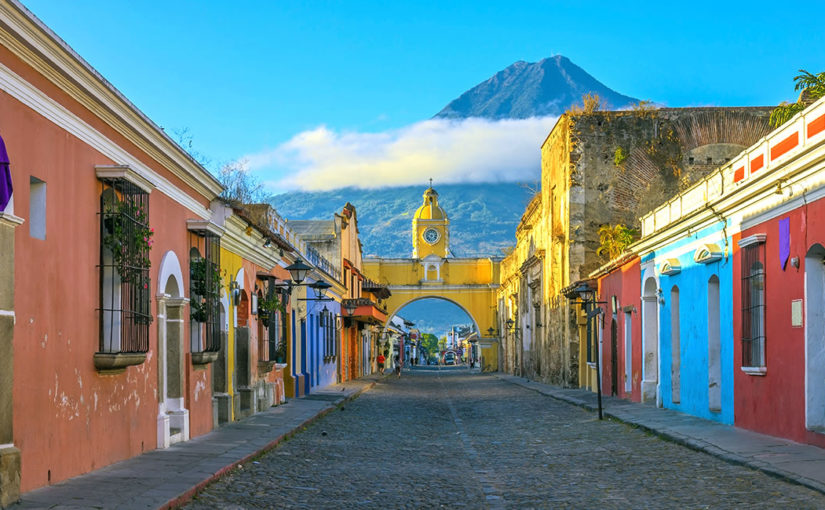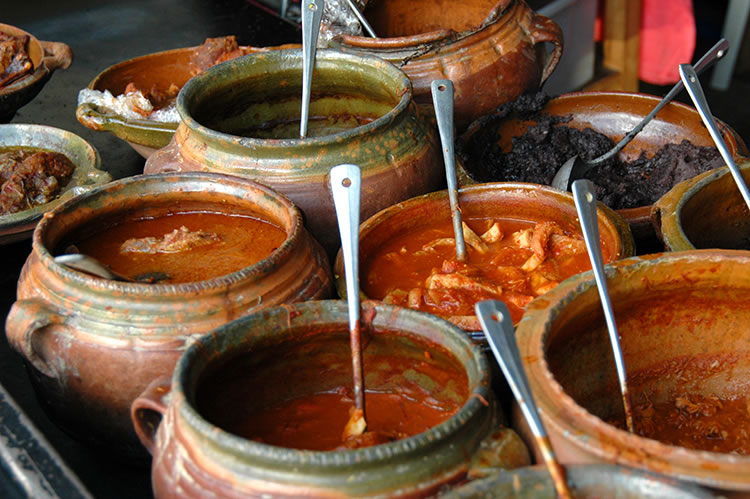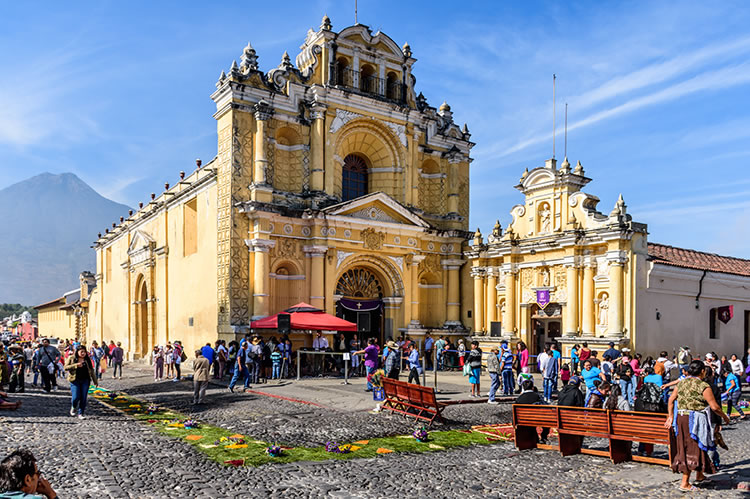
I am not a big fan of camping. The first time I actually did camp was in the Sahara, under a night sky filled with a thousand stars, next to remains of an early night dinner, of some barbeque chicken and beer kept in the sand to chill. That night after some initial discomfort I slept, slept in the sleeping bag below which the desert sand took the shape of my body. It was one of the best sleep I have ever had, a lot better than the memory foam mattresses that came into my life later.
That night maybe in my dreams I saw Oslo, I was going to be there in the next 24 hours. It was the Oslo of summer that I was known to. As the wheels of my Turkish Airlines flight hit the tarmac, it felt like I am still in the clouds. It was all white, just the desert was under the moon the night earlier. Excuse my being a bit romantic about the snow and the sand, but the same romance got me to think about two tours in those two nights. One to the great white desert of Egypt and the other to the land of the extreme north, to Scandinavia in winter.
A lot has happened since then, since the year 2011. The way I feel about Scandinavia hasn’t changed though. I still am both happy and fulfilled to spend time in that part of the world, especially in the North of Norway. This time though it took two winters to get back. I went with no thoughts, with a small group of people. Like in the early years when I would say, I am going, come if you want to. This time too I knew I was going.
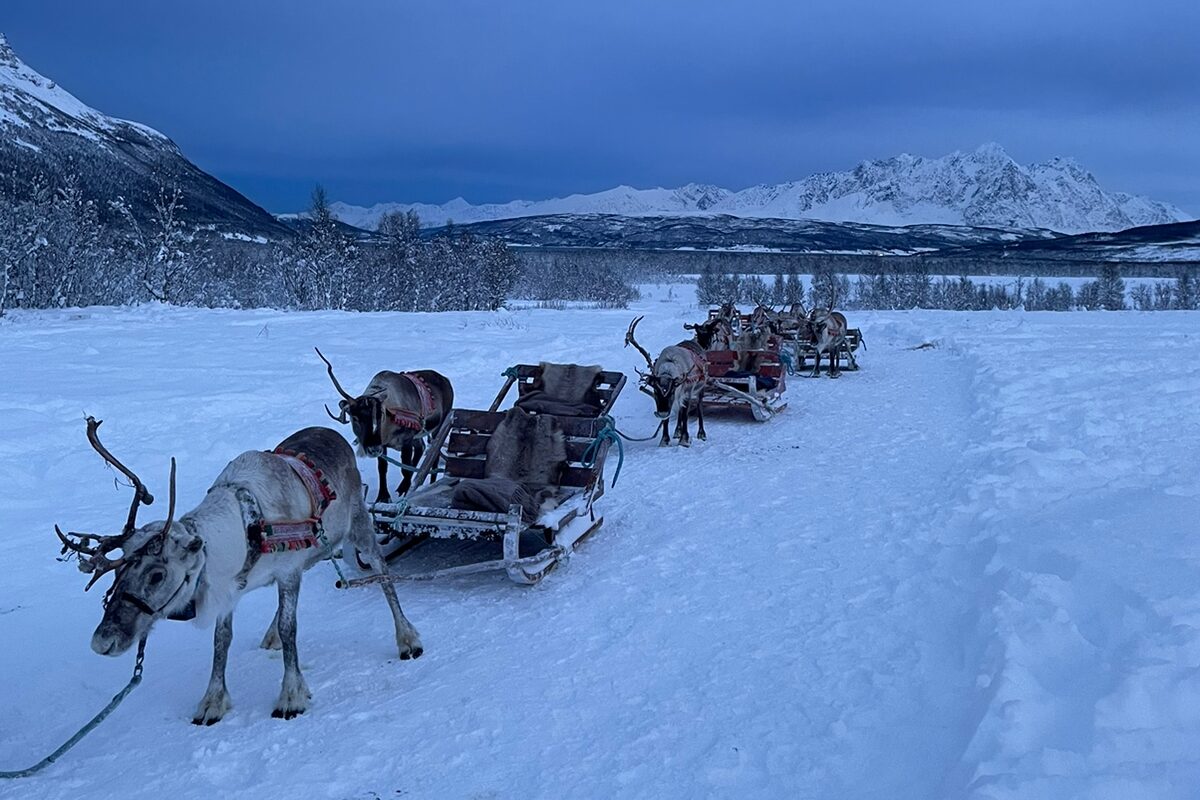
There is a way, things are done up north, especially in Norway. The people are different than in Oslo and Stockholm. They have time on their hands, they smile a lot more and are forthcoming. They live in close-knit communities and understand the importance of interpersonal dependence. Nature plays a bigger role in the everyday lives of the people, most of whom are fishermen. The temperature of their sea goes up and they have to go further north to get their catch. There is a snowstorm and the only road connecting the two towns shuts even with a very efficient mechanism in place. I once asked the guy who was driving my group, “what happens when there is a snowstorm and someone is stuck”. He said, “nothing we just go to the nearest house and knock on the door”.
The doors in North Norway open wider than in the south. They speak less of English but still communicate more. Ok, enough I had started thinking I would write about my travel but ended up writing about the people. But then what is travel without people? The sighting of the northern lights is the highlight of this tour that we do here, and for the people that travel with us, that remains the most important thing. I have been lucky through the years to have people who even value the beauty of the winter wonderland. They smile as much as they do, being on a dog sledge as they do when they see the lights dance. Though I have to give it to the northern lights when they begin their dance, then we don’t just smile. We scream and we jump, we fall on the white blanket of snow and let it take our body’s shape. Same as the sand that night in the Sahara.
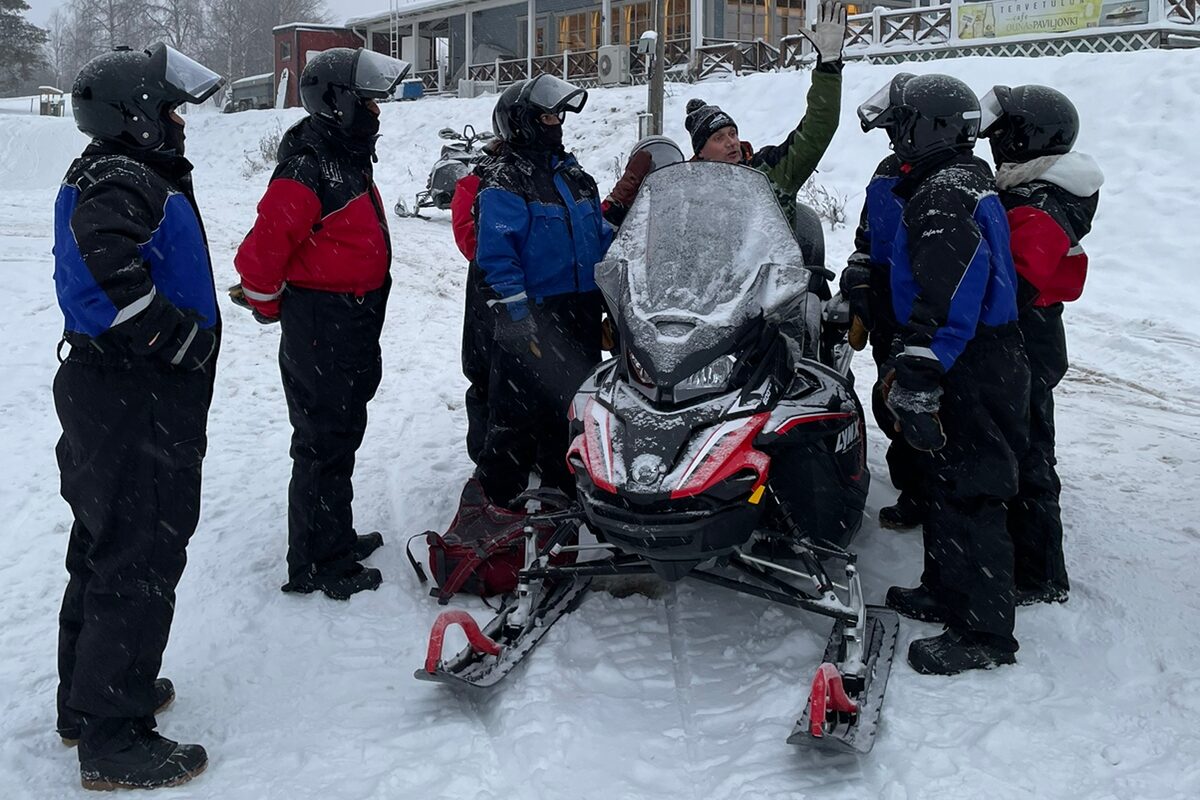
The camping in the desert would’ve not been complete without the stories our guide told us at his home earlier and which continued well into the night around the fire. The starry desert sky stays, just as maybe the northern lights stayed in my mind when I went to bed the night we spotted them. The thought I slept to was of the afternoon though. A local café owner earlier allowed us to eat our make-shift lunch of Norwegian Polar bread and a prawn salad in his café with just a warm gesture of his hand. The smile that he had when I offered him some Indian snacks while leaving remained as I smiled back from outside through the glass. The snowflakes brushed my face as I went back to the bus and he went back to attending to his next client.
*The above images are from our Scandinavia Winter tour. Although the blog speaks about North Norway, our intention is to introduce you to the feeling of being in Scandinavia.
